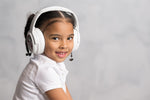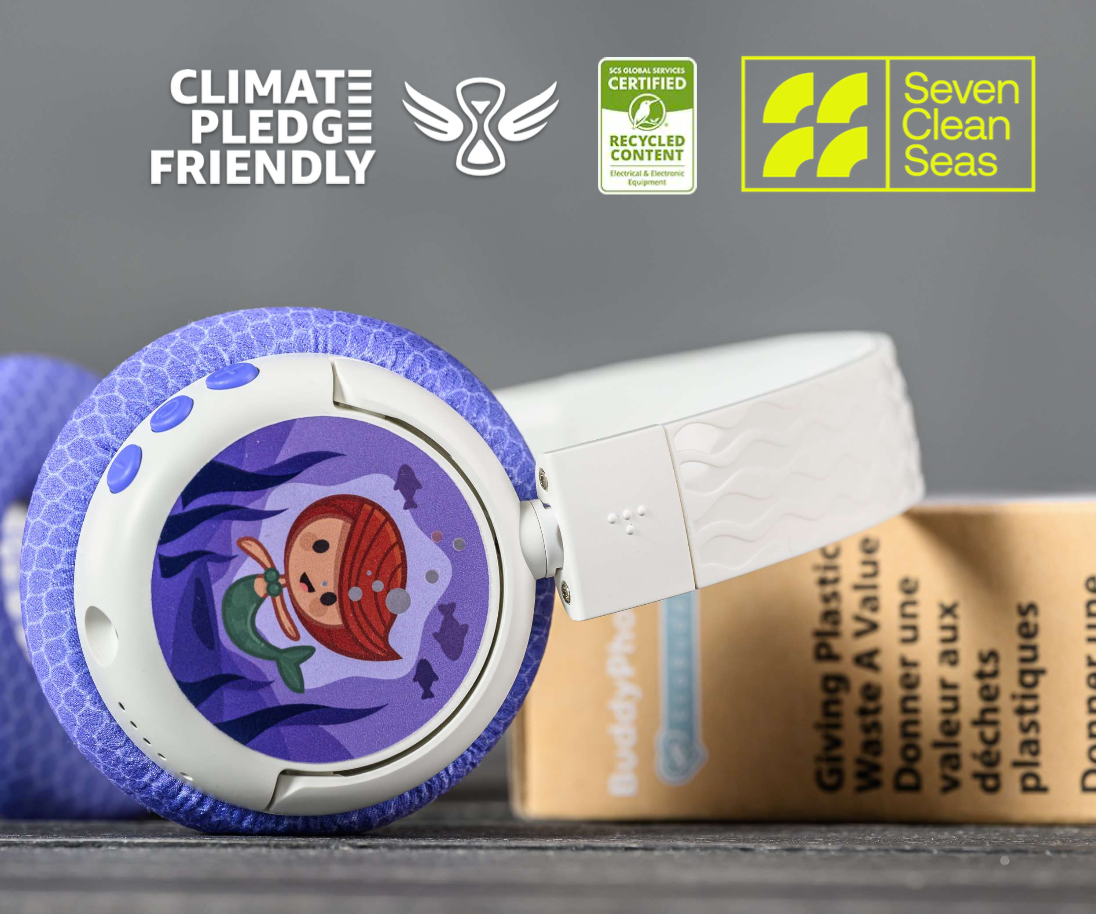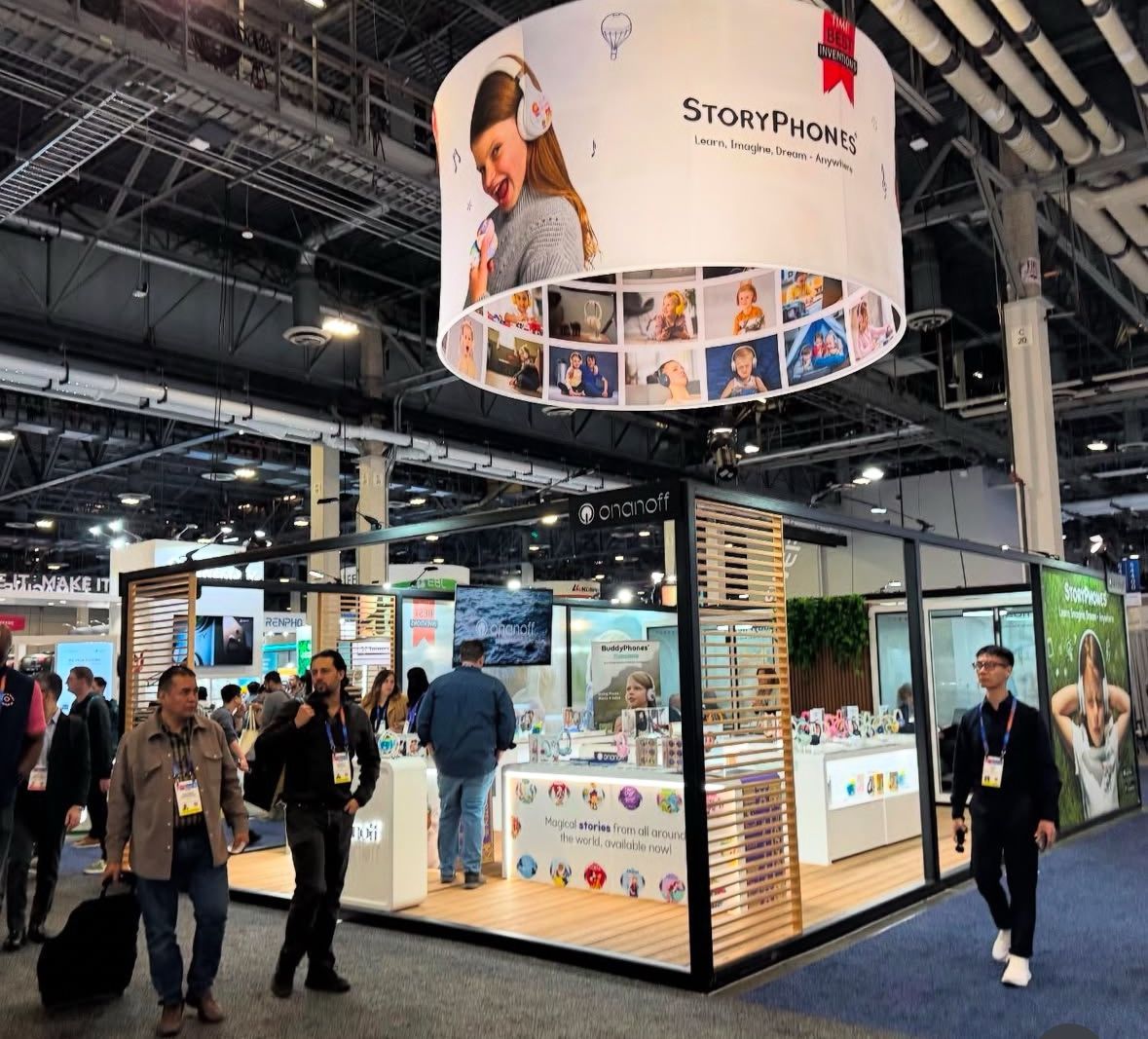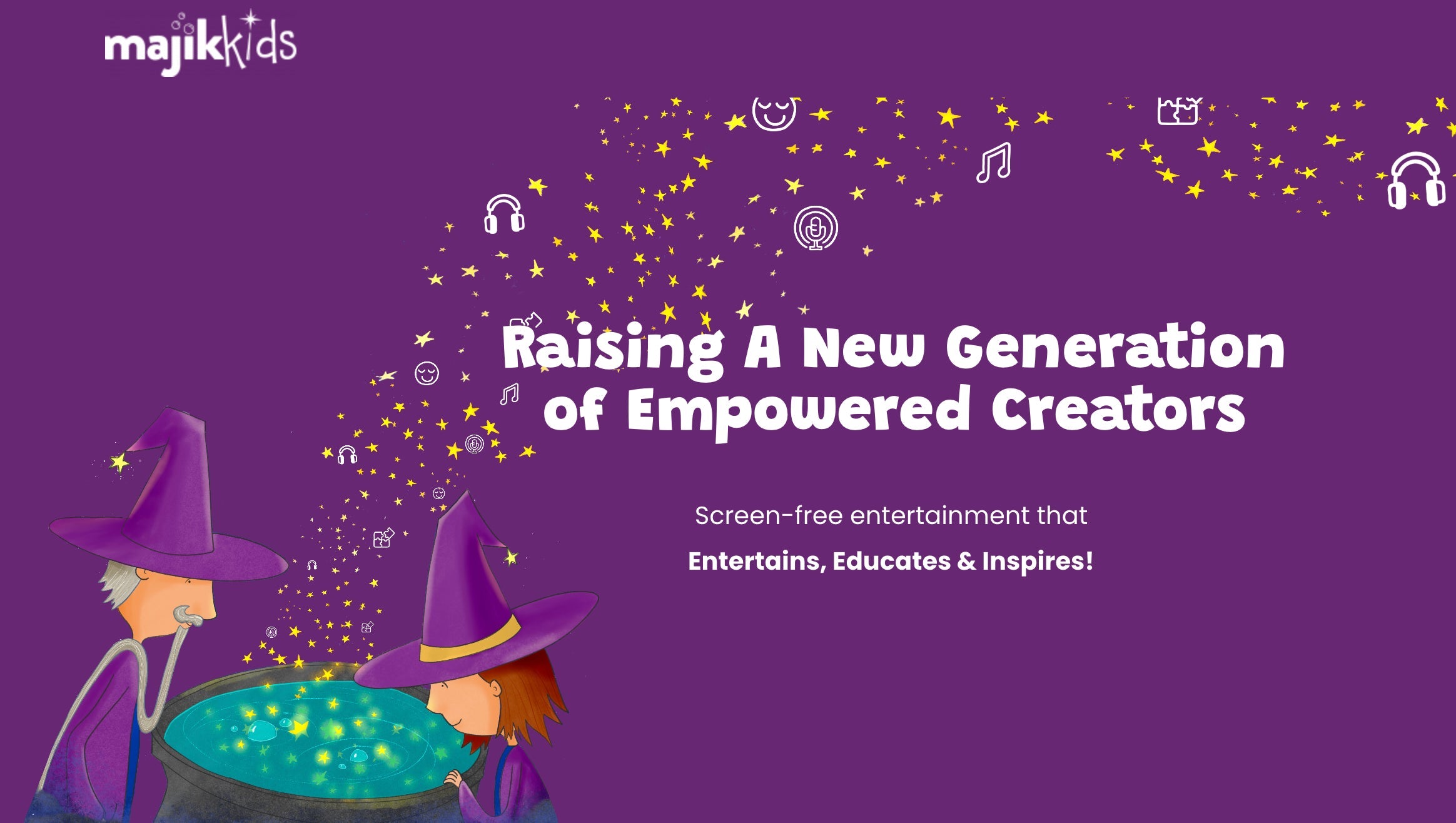
Protecting Your Hearing: A Family-Friendly Guide
- by Ester Hilmarsdottir
- 2 min reading time
Today, we're diving into an important topic: protecting our hearing. Did you know that billions of children and young people worldwide could be at risk of hearing loss due to unsafe listening practices? It's true! We're here to share some tips on how to keep those precious ears safe and sound.
The Facts About Hearing Loss
According to the latest information from the World Health Organization over 43 million people between the ages of 12–35 years live with disabling hearing loss due to different causes. That's a staggering number! And did you know that nearly 50% of teenagers and young adults in middle- and high-income countries are exposed to unsafe levels of sound from personal audio devices? That's a lot of young ears in danger.
Understanding the Risks
Listening to loud music through headphones might seem harmless, but it can actually cause permanent damage to our hearing. Exposure to loud sounds, especially for long periods, can fatigue the ear's sensory cells, leading to temporary or even permanent hearing loss. And it's not just our ears that are at risk—exposure to loud noise can also increase stress and anxiety, affect language acquisition in children, and even hinder academic performance.

Safe Listening Practices
There are plenty of ways to protect our hearing and enjoy our favourite tunes safely. Here are some tips:
1. Keep the Volume Down: Use carefully fitted, noise-cancelling earphones or headphones. They allow you to hear music clearly at lower volumes and cut down on background noise.
2. Limit Noisy Activities: Try to avoid loud venues or move away from sound sources like loudspeakers. And limit the daily use of personal audio devices to less than one hour to reduce noise exposure.
3. Monitor Safe Listening Levels: Know your device's safety features and keep the volume at a safe level. And don't forget to get regular hearing check-ups to catch any issues early on.
What Parents Can Do
Parents, you play a crucial role in educating your children about safe listening habits. Be a role model by practicing safe listening yourself and monitor your child's exposure to loud noise. Another good way to protect young hearing is to equip them with headphones that do the job by built in, always on, volume limiting SafeAudio® features that keep the sound pressure at safe levels for children.
What Teachers Can Do
Teachers, you can help too! Educate your students about the dangers of loud noise and encourage them to develop safe listening habits. Incorporate this information into your health education curriculum and music or dance classes.
Remember, hearing is a precious gift, and it's up to all of us to protect it. Especially for our young ones. By following these simple tips, we can ensure that our families enjoy music and sounds safely for years to come. Let's keep those ears happy and healthy!
Source: WHO, Make Listening Safe Brochure, 2021.


